Peach trees and other related plants are susceptible to the devastation caused by fire blight, a contagious bacterial disease. Once contracted, infected trees have to be burned to contain the disease and prevent spread to nearby trees. Increasing resistance to antibiotic treatment has sent scientists in search of alternative ways to deal with the bacteria and prevent its catastrophic damage.
Researchers led by ETH Zurich professor Martin Loessner found a way to engineer a virus that naturally kills the bacteria to make it more the wind at penetrating bacteria's slimy defense. The new virus effectively killed Erwinia, the fire blight bacteria, in the lab and infected plants.
Loessner and his team describe the development and testing of the new viral weapon in a paper published in the June issue of Applied and Environmental Microbiology.
Fire Blight
Fire blight hits any of the 130 species of roseacea, such as peaches, apples, pears, and plums. The bacteria Erwinia amylovora causes the infection, first making plants water-soaked — they develop spots that look like drops of water, caused by water accumulation in tissues — then turning plant foliage to a brown, dead, with a burned-like appearance. Blossoms and fruit may be infected, as well. Bacteria can travel through the stems or skin of an immature fruit, water-soaks it, and turns it into brown, hanging mummies.
The Erwinia bacteria has a protective barrier of slimy mucus around itself, which clogs the vascular system of the plants it infects, causing flowers and leaves to wither. Once infected, trees leak this gummy amber-colored ooze from sores during warm, humid weather. The bacteria in the ooze is carried by insects, splashing rain, and the wind once the ooze dries out. The best way to contain the infection is to burn infected trees.

The type of plant, their growth stage, and weather all play a part in whether a particular plant is susceptible to fire blight. Geographical location of the plant isn't as important since the bacteria has infected plants throughout most of North America and Europe.
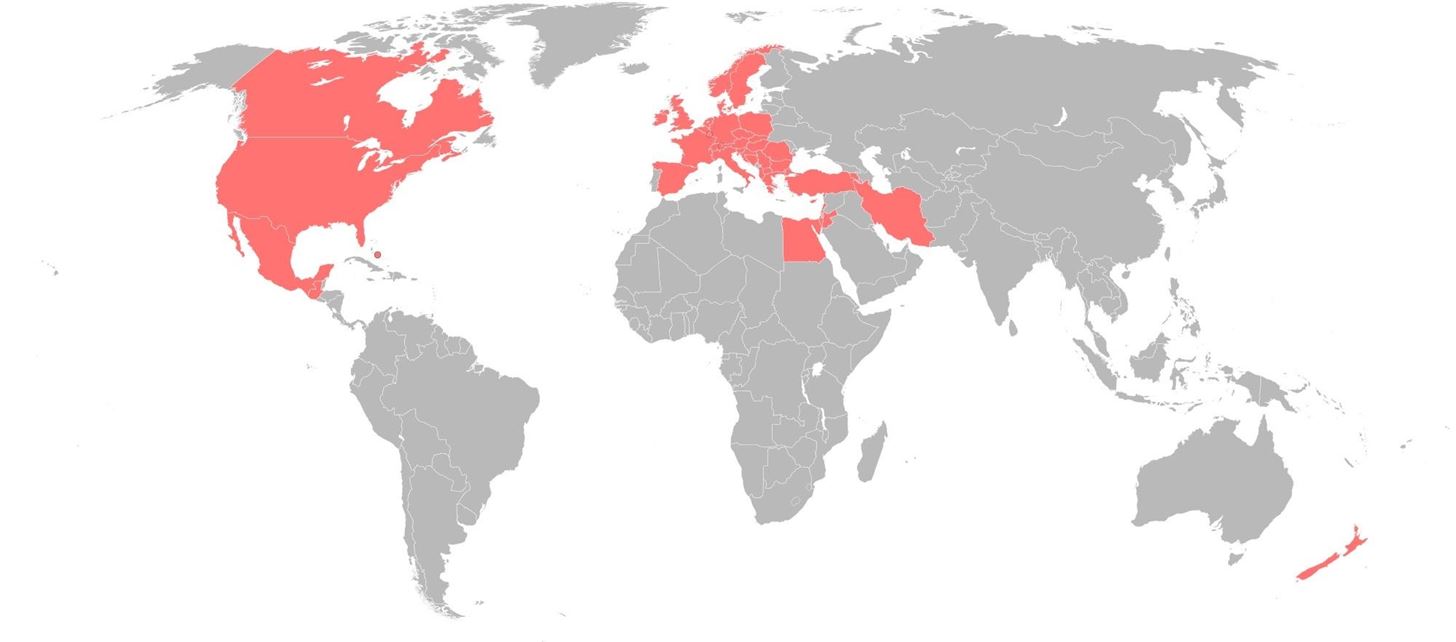
In 2000, a warm, humid and wet spring brought a fire blight epidemic that affected nearly a half million apple trees in southwest Michigan. One hundred percent of the infected trees died, overall apple production in the area dropped in half and — because farmers need to replant dead trees before production can recover — long-term economic loss was estimated to be $42 million.
When it comes to plant diseases, especially those that spread and cause widespread economic damage, rapid detection and control are essential to preserving plants and containing the physical and economic damage. Loessner and his team have developed a weapon that covers all the bases.
All-in-One Disease Detection and Treatment
The researchers decided to fight one microbe with another: They attacked the bacteria with a type of virus called a bacteriophage, which infects bacteria. The researchers knew that a bacteriophage called Y2 could kill Erwinia, but it's not very good at it, as it has difficulty penetrating the bacteria's protective barrier of slimy mucus.
Another bacteriophage, named L1, has enzymes that can dissolve the mucus slime, but it doesn't do a good job of killing Erwinia. The scientists put the gene for the enzyme from L1 into the Y2 phage to create a modified bacteriophage that can both dissolve the mucus and kill the bacteria.
When Loessner and his team tested the new bacteriophage, they found it penetrates the slime, multiplies inside the bacteria and dissolves Erwinia infections from the inside out. Then, it is released to attack more bacteria. They tested the viral weapon against Erwinia in the lab and Erwinia infections in trees in a greenhouse — it's much too dangerous to infect wild trees purposely with this bacteria in the wild.
The researchers also created a second "sensor" variant of Y2 by adding a gene lights up the bacteria when the bacteriophage infects it. This modification makes it easy to detect that a tree is infected, much earlier than waiting for leaves and fruit to turn brown.
This method is not only fast and reliable, it is also very sensitive: With the help of our sensor phages, a few thousand infected bacteria are sufficient to directly detect fire blight. Previous detection methods were much slower, less sensitive and occasionally providing false results. Because the Y2 sensor phage infects only Erwinia, this is not the case with the new assay.
Using natural killers, modified to work better, Loessner and his team got around the need to use antibiotics to try to kill Erwinia — an approach that only works on individual trees because the bacteria can still spread by insects, rain, and the wind — they avoided the potential for drug resistance to develop. The added benefit of a visual test for bacterial presence can alert farmers to plants infected with Erwinia who can direct their bacteriophage treatment efforts where they are needed.
The potential economic savings from these new bacteriophage treatments are huge, but for those of us who enjoy apples, peaches, plums, pears, and all the other delectable rosacea species, knowing they can be saved from Erwinia infections and remain available for our eating pleasure is invaluable.
Just updated your iPhone? You'll find new emoji, enhanced security, podcast transcripts, Apple Cash virtual numbers, and other useful features. There are even new additions hidden within Safari. Find out what's new and changed on your iPhone with the iOS 17.4 update.




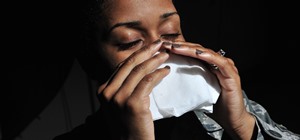
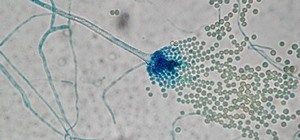

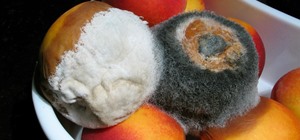









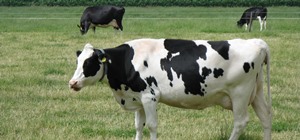








Be the First to Comment
Share Your Thoughts